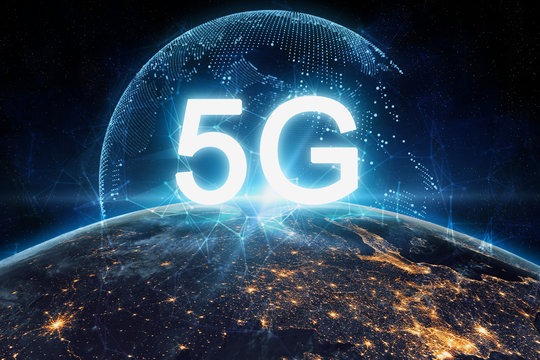In the fast-paced world of technology, staying connected is not just a convenience but a necessity. With the rapid evolution of mobile communication, we have witnessed significant advancements in recent years. 5G technology, with its promise of faster speeds, lower latency, and increased capacity, has already begun to transform the way we connect and communicate. However, what lies beyond 5G is even more exciting. In this article, we will delve into the future of mobile connectivity, exploring the potential of 6G and beyond.
5G: A Game-Changer in Mobile Connectivity
The 5G Revolution
The rollout of 5G networks across the globe marked a significant milestone in the world of mobile connectivity. With speeds up to 100 times faster than 4G, 5G opened doors to new possibilities, from enhanced augmented reality experiences to autonomous vehicles. It brought us one step closer to the era of the Internet of Things (IoT) and smart cities, where every device can seamlessly communicate with each other.
Applications of 5G
5G has far-reaching implications across various sectors. In healthcare, remote surgeries and real-time patient monitoring have become a reality. The gaming industry benefits from reduced latency, providing gamers with a more immersive experience. Smart manufacturing, agriculture, and transportation systems are optimizing their operations with the help of 5G. These applications highlight the transformative power of this technology.
6G: The Next Frontier
Beyond 5G: 6G on the Horizon
As we explore the future of mobile connectivity, 6G emerges as the next frontier. While 5G is still in the process of global adoption, researchers and industry experts are already envisioning what 6G will bring to the table. It’s expected to push the boundaries of what’s possible even further.
Key Features of 6G
6G is anticipated to deliver data speeds surpassing 5G by several orders of magnitude. With terahertz frequencies, it will enable ultra-fast wireless communication. Moreover, 6G aims to be more energy-efficient and sustainable, making it ideal for powering IoT devices that will be pervasive in our daily lives.
Use Cases for 6G
The potential use cases for 6G are mind-boggling. From haptic communication that enables a sense of touch over long distances to advanced AI applications that require massive data transfer, 6G has the capacity to revolutionize industries such as healthcare, education, entertainment, and beyond.
Challenges and Considerations
Technical Challenges
While the future of mobile connectivity promises immense benefits, there are significant technical challenges to overcome. 6G networks will require an entirely new infrastructure, including the deployment of a vast number of small cells to support the high-frequency bands. Moreover, security and privacy concerns will become even more critical as we rely more on wireless communication.
Spectrum Allocation
Allocating spectrum for 6G will be a complex task, considering the need for terahertz frequencies and international coordination. Regulatory bodies and governments will play a crucial role in ensuring a smooth transition to 6G.
Conclusion: The Future Beckons
The future of mobile connectivity holds boundless potential. 5G has already transformed the way we connect and communicate, and 6G promises to take us even further into the realms of the unknown. From lightning-fast speeds to innovative applications, the possibilities are limited only by our imagination.
As we march towards this exciting future, it is essential to address the challenges that lie ahead. Collaborative efforts from industry players, governments, and researchers will be vital in realizing the full potential of 6G and beyond. The future of mobile connectivity is bright, and it’s up to us to embrace the opportunities it presents and shape a connected world that benefits all. Stay tuned for what the future has in store—it’s sure to be an exhilarating journey.




